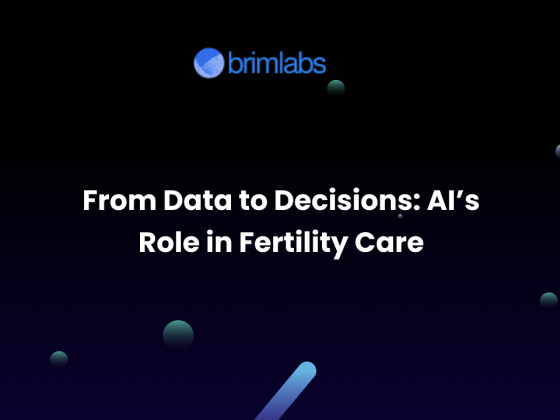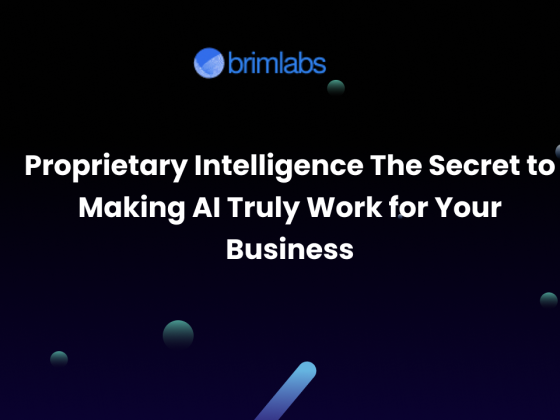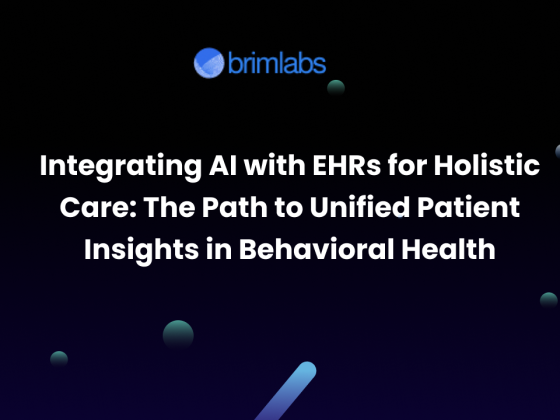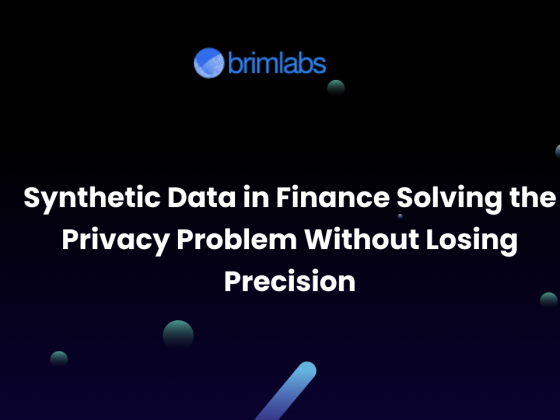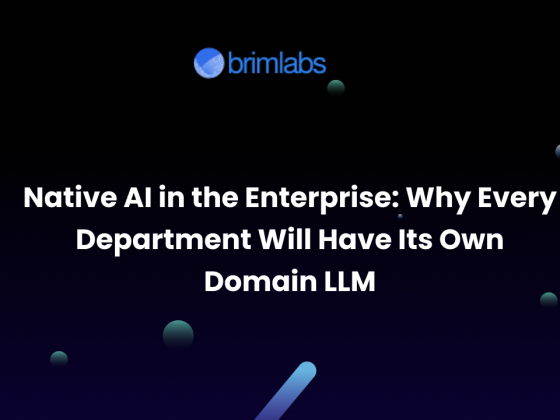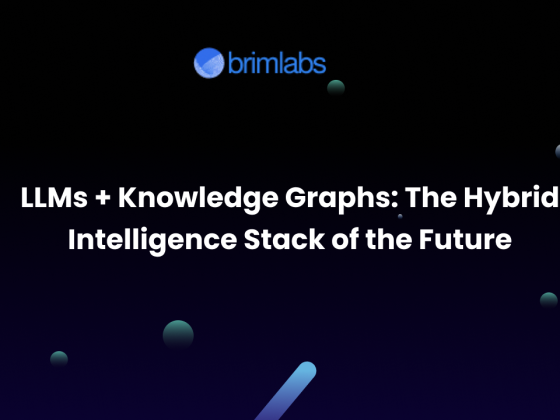AI is no longer just about smarter models. In 2025, the real value driver is AI Agents, autonomous systems that perceive context, reason about goals, take actions across systems, and learn continuously.
Done right, AI Agents reshape business economics: compressing time to outcome, lowering the cost to serve, and expanding revenue capacity. Done poorly, they stall at pilots and drain budgets without impacting the bottom line.
This guide explores the economics of AI Agents with data, case studies, and strategies to help enterprises and startups translate pilots into measurable ROI.
The Current Landscape: Adoption vs. Value
Enterprise AI spending is surging. IDC projects businesses will invest $307B in 2025, with total spending reaching $632B by 2028.
Yet, value capture lags behind. An MIT study in 2025 reported that 95% of generative AI pilots fail to deliver measurable returns, with only a minority moving from experiments to P&L impact.
McKinsey’s 2025 State of AI survey echoes this: leaders generating value are redesigning workflows, upgrading governance, and redefining roles, not just layering AI tools onto legacy processes.
The takeaway: a budget alone doesn’t produce ROI. True transformation comes when AI Agents are embedded in workflows with quality data and measurable KPIs.
What Defines an AI Agent Economically?
Think of an AI Agent as a digital worker with 4 capabilities:
- Perception: reading structured and unstructured data across systems.
- Reasoning: planning steps toward objectives.
- Action: executing tasks across applications, from ticketing to claims.
- Learning: improving continuously from feedback.
From an economic lens, AI Agents carry fixed costs (engineering, infrastructure, model access) but deliver variable benefits. Benefits scale exponentially with volume, producing nonlinear ROI once agents hit production.
Faster Outcomes: Compressing Time to Value
Speed is often the first dividend of AI Agents.
- Contact centers: A large study found that generative AI tools helped service reps resolve issues 15% faster, with the greatest gains among less experienced staff.
- Customer ops: Real-time assistants reduced call handling time by 10%, scaling into millions saved annually.
Across industries, AI Agents are delivering results in 8–12 weeks, compared to 9–12 months for legacy digital projects.
Examples:
- A fintech using AI Agents for compliance reduced onboarding from 3 weeks to 2 days.
- Sales teams using AI-driven prep shortened proposal cycles by days, accelerating deal closures.
Time saved is capital earned. Faster compliance, quicker onboarding, and rapid support resolution directly improve revenue velocity.
Lower Costs: Reducing the Cost to Serve
AI Agents also transform cost structures.
- Operational savings: Automation has reduced costs in banking, insurance, and healthcare by 30–50%.
- Error reduction: Agents reduce costly rework, penalties, and compliance risks.
- Elastic scale: Seasonal peaks no longer require surge hiring; agent capacity scales on demand.
Case study: A global insurer deploying AI in claims reduced costs by 42%, redeploying staff into higher-value advisory roles.
Yes, new costs arise (monitoring, governance, evaluation), but they are stable and predictable compared to the variable savings unlocked by automation.
Higher ROI: Unlocking New Value Beyond Savings
Beyond cost cuts, AI Agents unlock revenue.
- Customer retention: Personalized, 24/7 interactions improve satisfaction and reduce churn.
- Revenue growth: McKinsey data shows AI in sales and marketing increases revenue by 3–15% and improves ROI.
- Compounding gains: Unlike static automation, AI Agents learn and improve over time, producing long-term ROI.
E-commerce case: Conversational AI Agents lifted repeat purchases by 18% in 6 months, delivering ROI that outweighed costs many times over.
Total Cost of Ownership: 3 Levers
AI Agent costs typically fall into 3 categories:
- Data readiness: cleaning, labeling, securing, and governing data.
- Reasoning & orchestration: agent frameworks, planning logic, human-in-the-loop safeguards.
- Lifecycle governance: monitoring, evaluation, and risk controls.
But many enterprises aren’t ready:
- Only 25% have mature AI governance.
- 90% admit they are underprepared for AI-driven security risks.
- Over 50% say their data is not AI-ready.
Ignoring this creates hidden costs: rework, downtime, and compliance penalties. Treat governance and data preparation as investments in scale, not overhead.
Why Many Pilots Fail
Top reasons include:
- Unclear goals: pilots start without ROI targets.
- Data silos: poor access and low-quality block outcomes.
- No ownership: lack of accountable business sponsors.
- Risk blind spots: underestimating evaluation and safety needs.
- Weak feedback: users aren’t engaged in co-design.
The result? 95% of pilots fail to reach ROI. Success requires tying pilots to P&L outcomes, strong feedback loops, and business ownership from day one.
Where to Start for Fast Payback
Best starting points are:
- Customer operations: post-call summaries, support agents, QA.
- Compliance: audit evidence, control testing.
- Revenue operations: meeting prep, renewal risk detection, proposal automation.
These areas combine high friction, measurable outcomes, and rapid feedback.
Commercial Models: Aligning Fees to Outcomes
3 effective models:
- Capacity + success kicker: base fee plus bonuses for performance.
- Outcome-based pricing: fees tied to reduced cycle times or conversion lifts.
- Gain-share: sharing a % of incremental revenue or cost savings.
This ensures vendors and clients share both risk and reward.
Metrics CFOs and Boards Care About
- Cost-to-serve: handle time, % automation, claims cycle time.
- Revenue: conversion rates, churn, repeat purchases.
- Risk: error rates, compliance exceptions.
- Adoption: active users, human-in-loop acceptance.
Always tie these metrics back to financial statements.
Market Outlook
- Stanford AI Index 2025: Enterprise AI adoption rose sharply year-on-year.
- McKinsey: Generative AI could add trillions annually to the global economy.
- IDC: AI Agents will capture a growing share of IT budgets through 2028.
- Deloitte: A Significant share of enterprises will deploy AI Agents in 2025.
The trend is clear: economics will increasingly favor companies that operationalize AI Agents.
Conclusion: AI Agents as Economic Multipliers
AI Agents are not hype; they are changing enterprise economics.
- Faster outcomes: compress cycles from months to weeks.
- Lower costs: reduce cost-to-serve by 30–50%.
- Higher ROI: boost retention, conversion, and lifetime value.
The gap isn’t technology, it’s execution. Companies that integrate AI Agents into workflows with clear ROI goals, governance, and outcome-driven partnerships will lead the market. Those who delay will fall behind.
At Brim Labs, we deliver production-ready AI Agents in 8–12 weeks with an ROI-first approach. Whether streamlining compliance, reducing costs, or boosting revenue, our mission is simple: help you capture the economics of AI faster than your competition.


